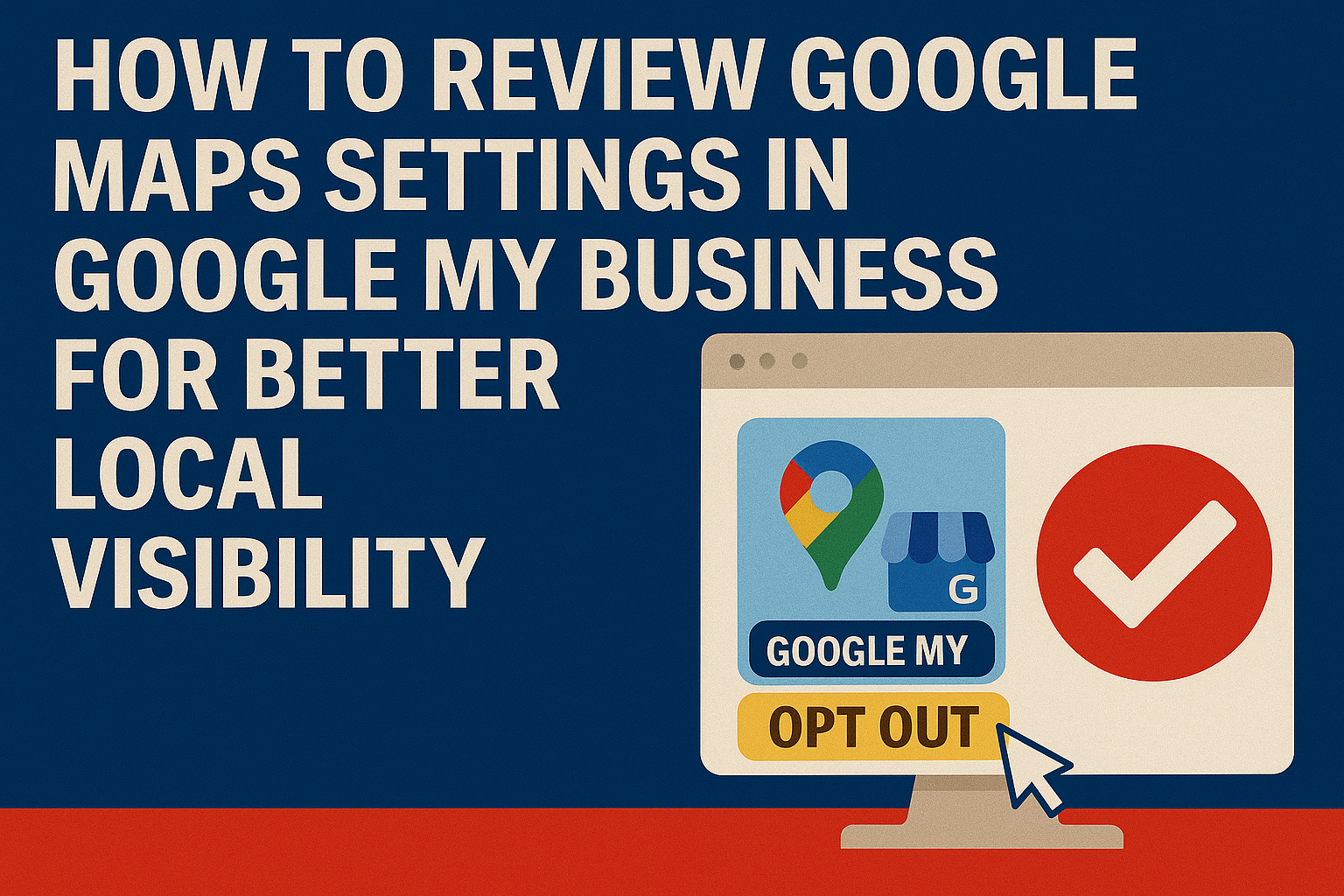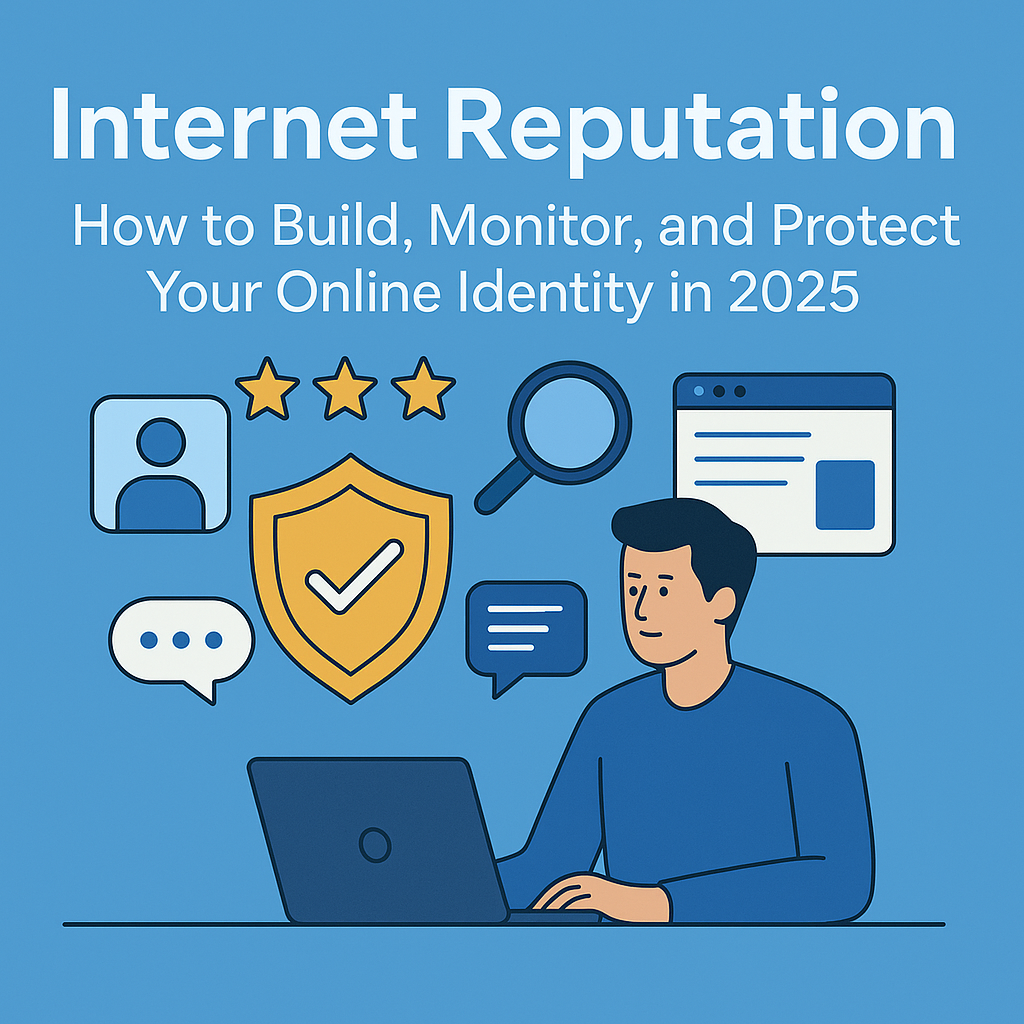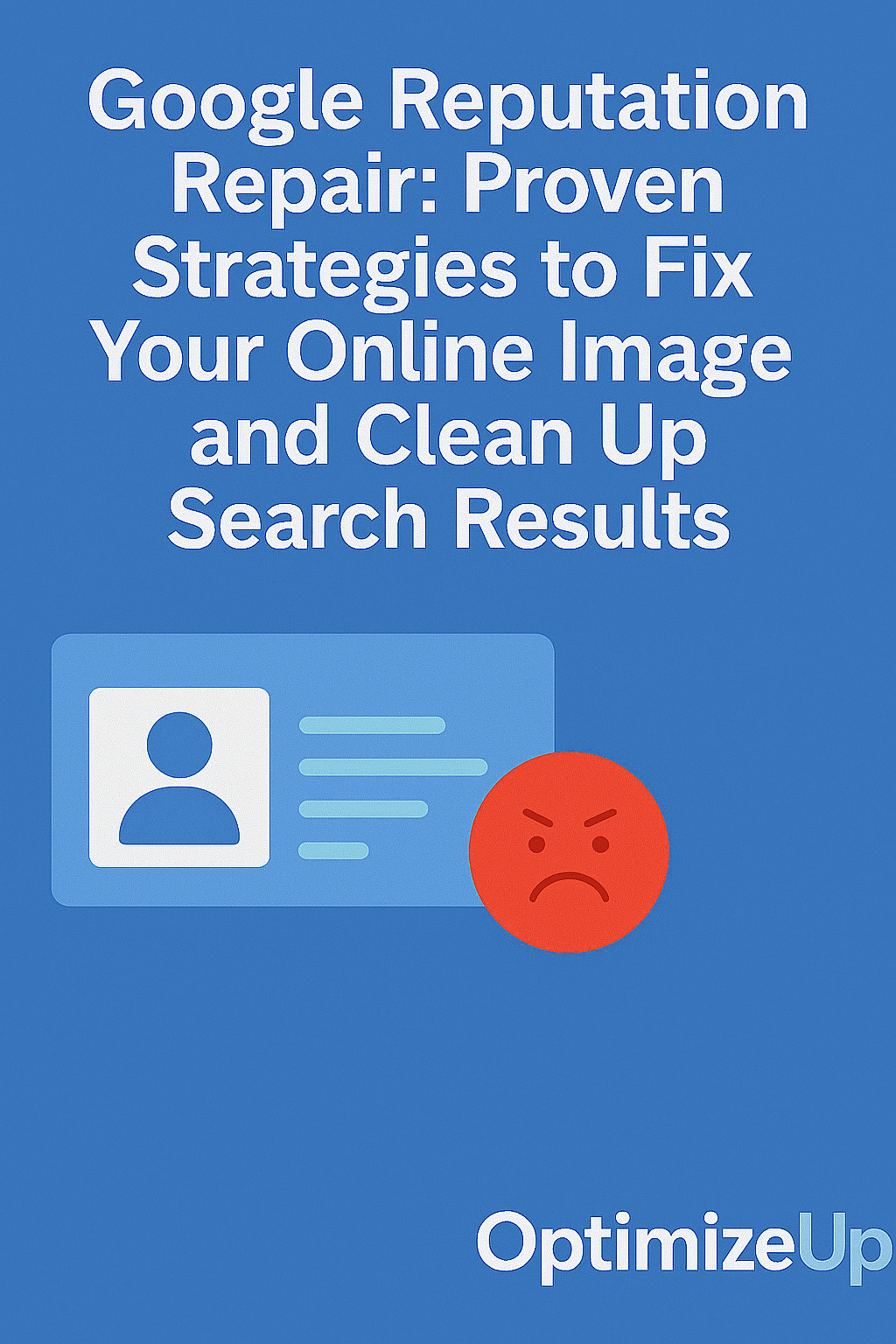Showing up on Google Maps isn’t just about being listed. To dominate local search, your Google My Business (GMB) profile—and especially your Google Maps settings—must be accurate, optimized, and regularly reviewed.
Whether you’re a local shop, service area business, or multi-location enterprise, Google Maps is a trust signal. Inaccuracies or inconsistencies can lead to lost traffic, customer confusion, and suppressed rankings.
Let’s break down how to review Google Maps settings in Google My Business to strengthen your visibility and win over local customers.
Why Google Maps Settings Matter for Local SEO
Google Maps is more than a directory. It’s integrated with local search results and voice queries.
Key Impacts:
- NAP accuracy affects local pack rankings
- Category relevance influences keyword triggers
- Pin accuracy determines driving directions and GPS visibility
- Opening hours impact whether you appear in “open now” filters
- User engagement—clicks, calls, and direction requests—signal relevance
“84% of ‘near me’ searches end in a purchase—your map listing is your digital storefront.” – Think With Google
Accessing Google Maps Settings in Google My Business
Step-by-Step:
- Log into your Google Business Profile at business.google.com
- Select the business profile you want to manage
- Click on Edit Profile or use the menu options in Google Search
- Navigate to these key fields:
- Business Name
- Address / Service Area
- Phone Number
- Business Category
- Business Hours
- Website URL
- Opening Date
- Business Description
- Photos & Logo
Optimize Your Core Settings for Google Maps
1. Business Name (NAP Consistency)
Use your official business name. Do not stuff keywords.
Correct: Greg’s Auto Repair
Incorrect: Greg’s Auto Repair | Best Engine Fix Near You2. Address / Service Area
- If you serve customers at a physical location, use your full address.
- If you operate off-site (e.g., plumber), use a service area.
Go to “Business Information” > Location > Edit Address or define your delivery zones.
3. Pin Accuracy
Inaccurate pins cause navigation issues.
- Open your listing in Google Maps
- Click on the pin and select Suggest an Edit > Move Marker
- Ensure your pin is on the correct entrance or storefront
4. Primary and Secondary Categories
Your primary category is a major ranking factor.
- Choose the most specific option (e.g., “Wedding Photographer” instead of just “Photographer”)
- Add relevant secondary categories: “Photo Studio,” “Event Photographer”
Use PlePer’s free category tool to see all possible GMB categories.
5. Business Hours
Make sure your hours reflect holidays, special events, or seasonal changes.
- Regularly update special hours
- Set hours that align with customer behavior (e.g., weekends for restaurants)
- Use Google’s holiday calendar sync feature if applicable
6. Phone Number
Use a local number, not a toll-free or tracking number, unless you’re using a call tracking system with number insertion.
- Maintain the same number on your website and directory listings
- Avoid listing multiple numbers unless necessary for support/sales
7. Website URL
Link to a location-specific landing page, not just your homepage.
Better: www.yoursite.com/locations/austin-tx
Worse: www.yoursite.com- Use UTM parameters to track engagement from GMB
8. Business Description
You have 750 characters. Use this space to:
- Share what makes you unique
- Include keywords naturally
- Mention services, service areas, and experience
Enhance Your Visibility with Advanced Settings
Add Services and Products
Help Google understand your offerings:
- Add services manually or from category suggestions
- Upload product photos with descriptions and pricing
Enable Messaging
Let customers message you directly via your Maps listing.
- Turn it on in your Google Business dashboard
- Use autoresponders for off-hours
- Answer within 24 hours to improve engagement signals
Geo-Tagging Your Photos
Upload photos taken on-location using smartphones.
- Google uses EXIF data to verify authenticity
- Geotagged photos may improve local relevance
- Include interior and exterior shots of your location
Use tools like GeoImgr to geotag images before uploading.
Add Opening Date
This signals trustworthiness and maturity to Google. Older listings with engagement often outrank new ones.
- Add your opening year or full date if applicable
Add Service Area Zip Codes
Use a broad yet specific service area. Overreach may reduce visibility.
Example:
Correct: Serves within 20 miles of Denver, CO
Too Broad: Serves entire state of ColoradoMaintain and Monitor Your Maps Settings
Use Google Search Console and Google Analytics
Check if local pages are being indexed and visited.
- Use UTM codes to track traffic from Maps listings
https://www.yoursite.com/locations/austin-tx?utm_source=gmb&utm_medium=organic&utm_campaign=localMonitor Reviews Weekly
Reviews are tied directly to your Maps ranking:
- Respond to every review
- Use keywords in responses
- Report spammy or fake reviews
- Encourage happy customers to leave feedback regularly
Consistency Across Listings
Sync your NAP (Name, Address, Phone) on:
- Yelp
- Bing Places
- Apple Maps
- Chamber of Commerce directories
- Data aggregators like Neustar and Acxiom
Use Tools to Audit Your Listings
Recommended Tools:
- BrightLocal – GMB audit and citation tracker
- Whitespark – Local SEO toolkit and rank tracker
- Moz Local – Aggregator sync and listing accuracy
- SEMrush Local – Map pack position tracking
- Yext – Enterprise citation management and updates
Google Maps Settings and Voice Search
Voice search uses Google Maps and local listings. To be found:
- Use conversational keywords in your description
- Add Q&A to your profile (answer your own questions!)
- Ensure all fields are filled out completely
“Where’s the best Thai restaurant near me that’s open now?”
Optimized hours, categories, and reviews ensure you rank.
Common Issues and Fixes
My Business Doesn’t Show in Google Maps
- Ensure it’s verified
- Check address and pin location
- Add more local content and backlinks to your site
- Collect more reviews with keywords
Someone Suggested an Incorrect Edit
- Review edits in your GMB dashboard
- Revert false suggestions quickly
- Turn on email alerts for suggested edits
I’m Getting Leads from the Wrong Area
- Recalibrate your service radius
- Remove overlapping zip codes if necessary
- Add more local content to relevant city pages
I Lost My Reviews or Listing Access
- Contact Google Business support
- Use support.google.com/business > “Fix a problem”
- Keep business verification documents on hand
How Optimize Up Can Help
At Optimize Up, we specialize in optimizing your local search presence:
- Google Maps listing audits
- Local SEO for multi-location businesses
- Citation building and cleanup
- Review strategy and response plans
- Photo optimization and geotagging consulting
Want to dominate local search? Contact Optimize Up to schedule your custom local SEO audit.
Frequently Asked Questions
We recommend every quarter, or immediately after any business changes (location, hours, services).
Most updates are instant but can take 24–48 hours depending on moderation.
Yes. You can manage multiple locations and assign different settings to each one.
They can lead to driving errors, fewer reviews, and lost leads. Always verify your pin and test the directions.
Yes. Original, geotagged photos boost trust and engagement, while stock images lower authenticity.
Yes, and Google may apply them without approval. Monitor your dashboard and email alerts regularly.
Absolutely. The return on investment from improved rankings, higher trust, and increased conversions outweighs the cost for most local businesses.





